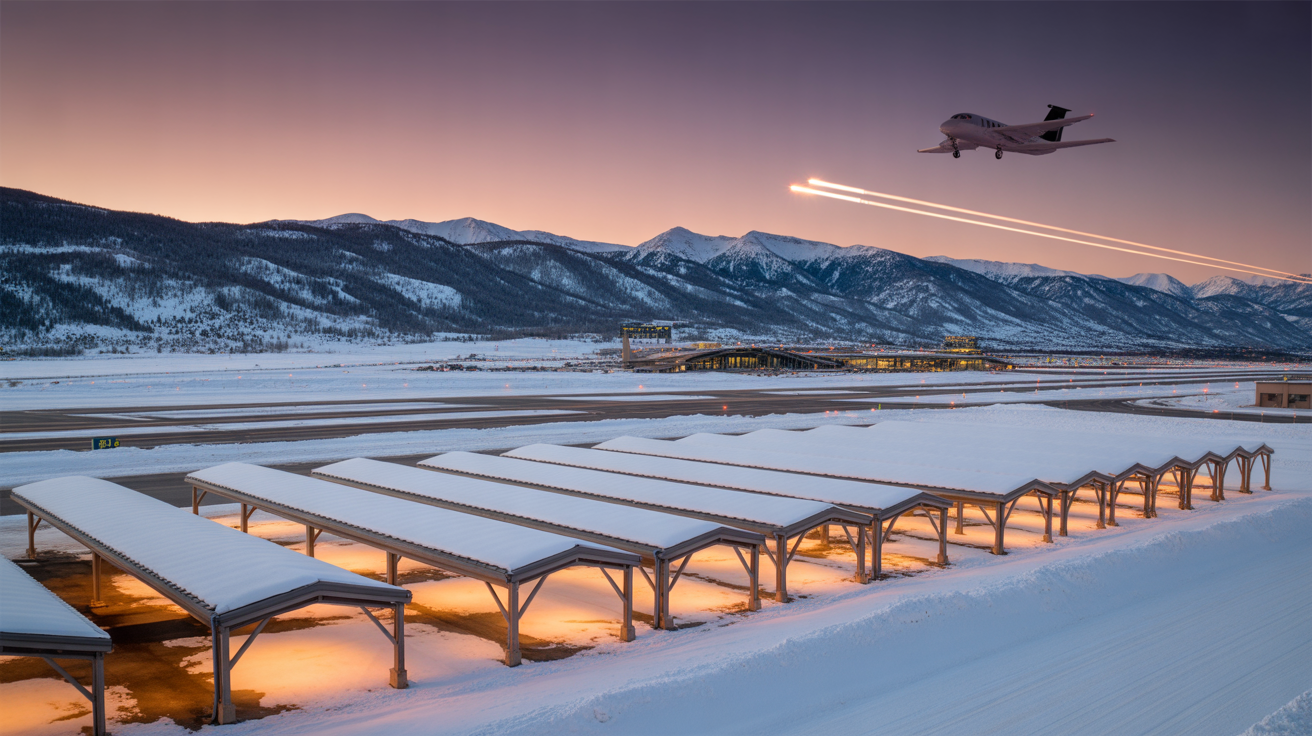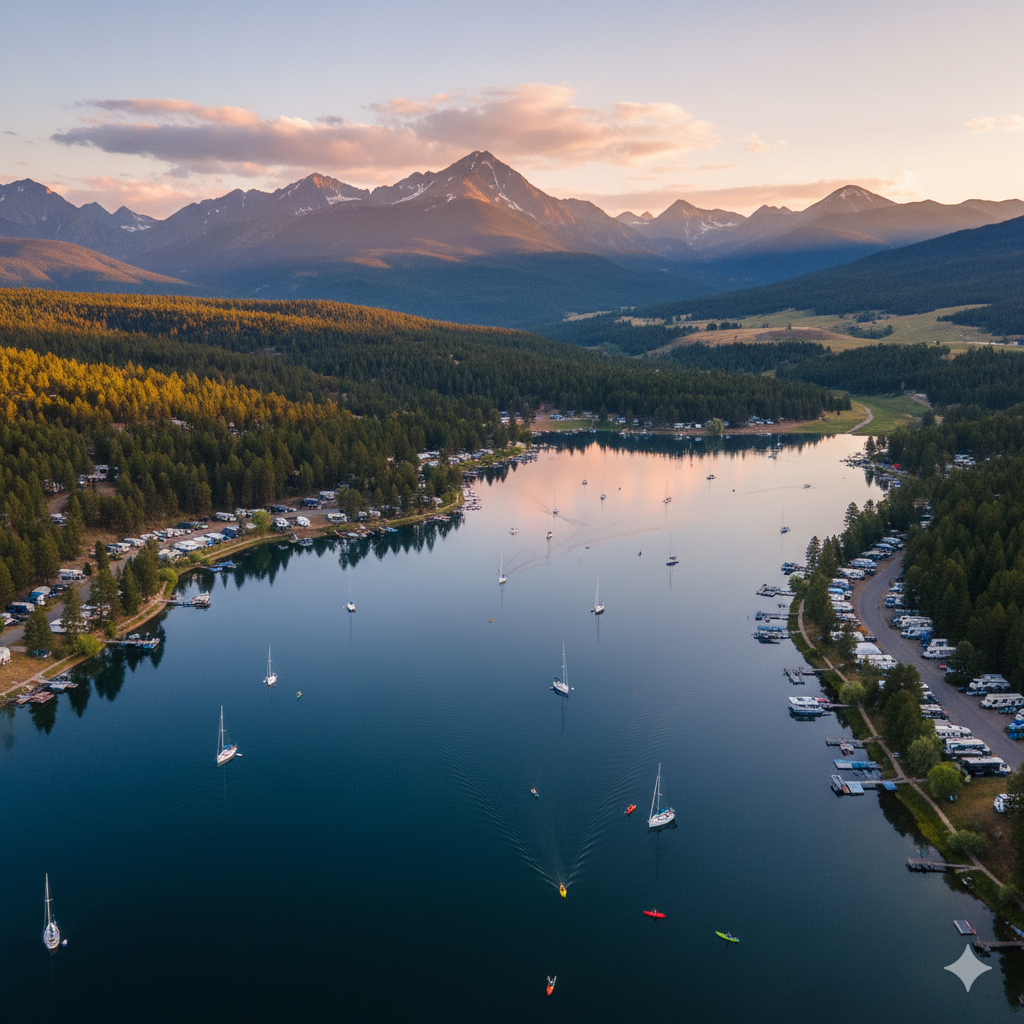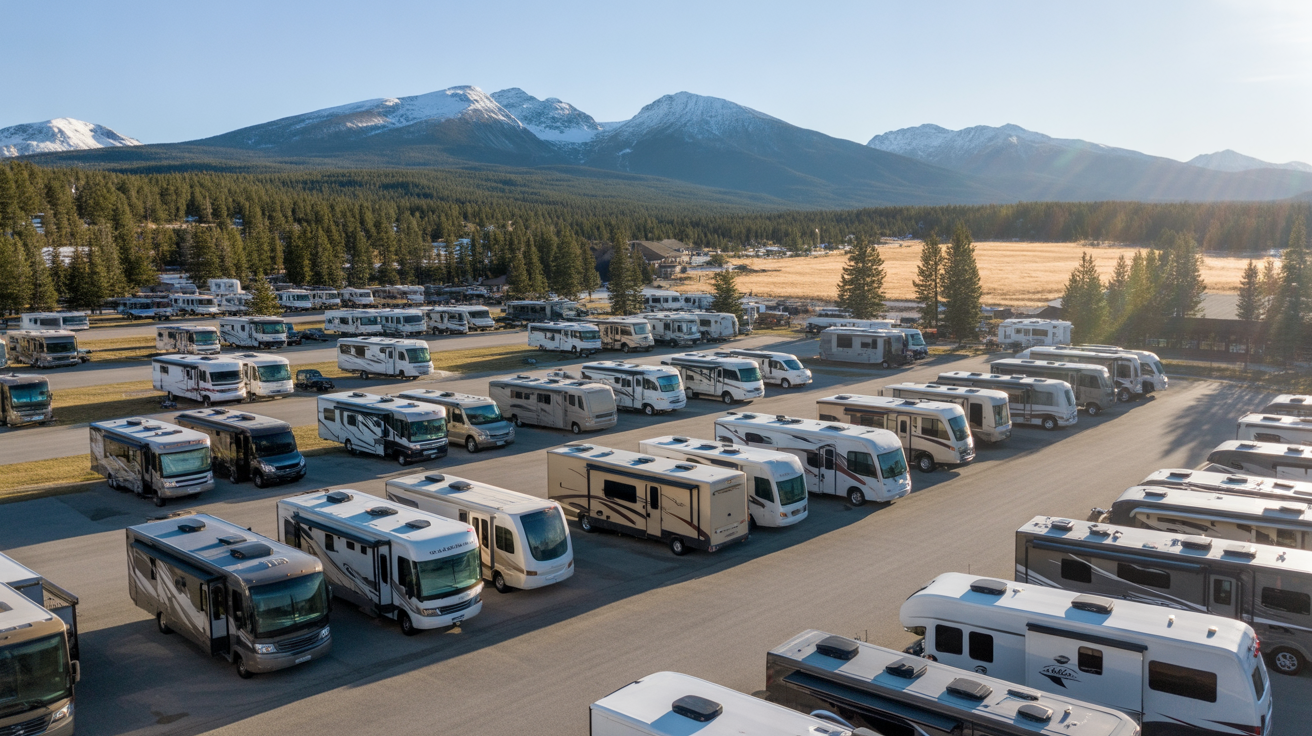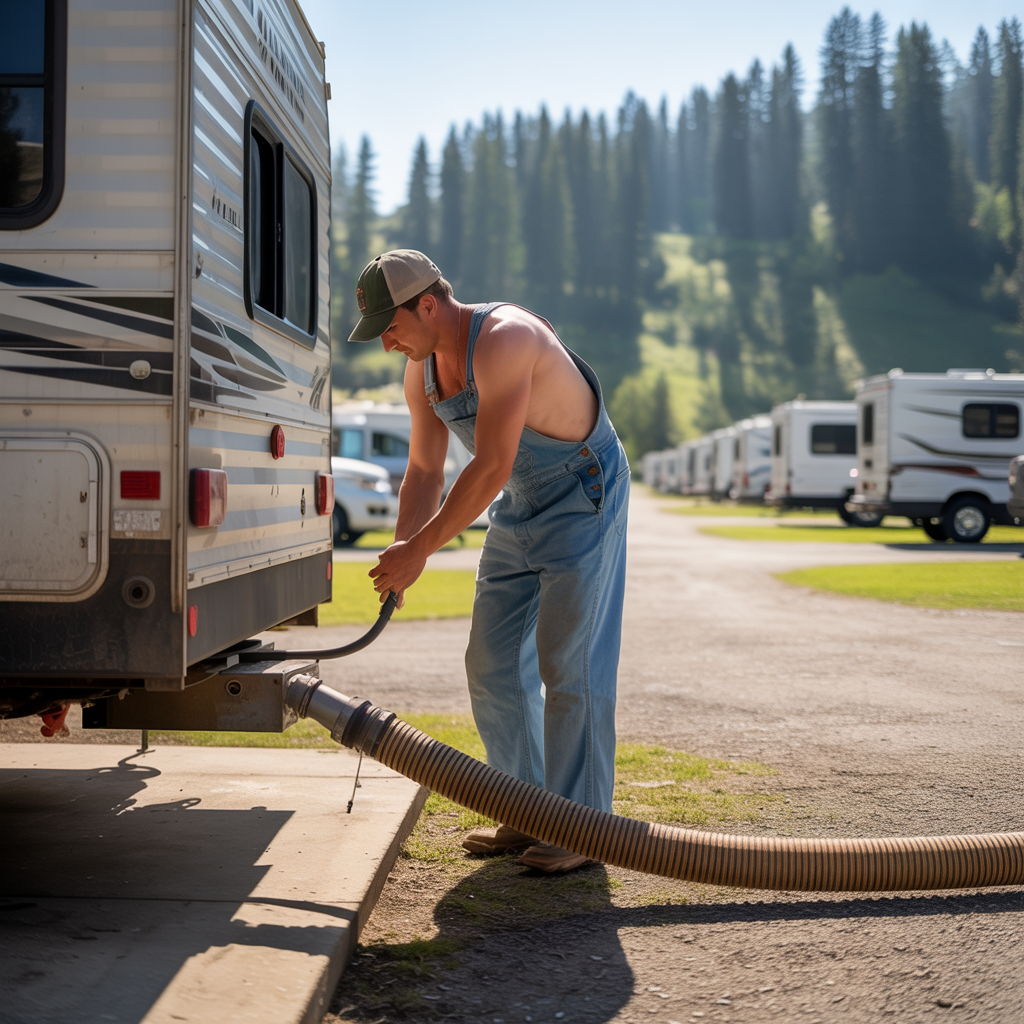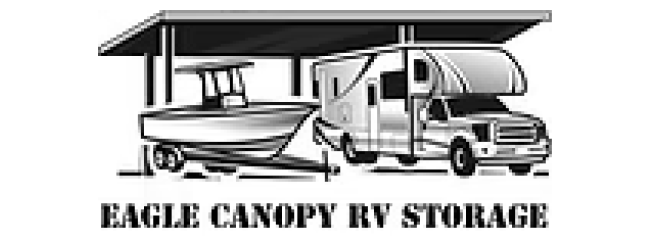Do You Need Reservations for RV Campsites in National Parks? 2025 Guide

Picture this: You've planned the perfect RV adventure to Yellowstone, loaded up your rig with supplies, and driven hundreds of miles-only to discover every campsite is booked solid. This nightmare scenario happens to thousands of RV travelers every year, but it's completely preventable with the right knowledge about national park reservation systems.
The short answer? Yes, you absolutely need reservations for RV campsites in most national parks, especially during peak season. With over 3.5 million visitors flocking to popular parks like Yellowstone annually, competition for the limited RV-accessible campsites is fierce.
Understanding National Park RV Campsite Reservations
National parks operate fundamentally different reservation systems compared to private RV parks. The National Park Service manages approximately 1,500 public campgrounds across the country, with many requiring advance bookings through Recreation.gov-the official federal recreation portal.
Unlike private campgrounds that might accommodate walk-ins, national park RV sites often book up within minutes of becoming available. This is particularly true for parks near major metropolitan areas or those offering unique natural attractions.
The 60-Day Booking Window Strategy
Most national parks operate on a rolling 60-day reservation window, meaning sites become available exactly 60 days before your intended arrival date. Savvy RV travelers set alarms for 7:00 AM Mountain Time (when Recreation.gov releases new inventory) and have their preferred dates ready to book immediately.
Parks Requiring Mandatory Reservations
Several popular national parks require reservations for ALL RV camping:
- Yellowstone National Park: All 12 campgrounds require reservations, with RV sites limited to specific areas like Grant Village and Fishing Bridge
- Grand Canyon National Park: Mather Campground and Desert View require advance booking
- Yosemite National Park: Upper Pines, Lower Pines, and North Pines require reservations year-round
- Zion National Park: Watchman Campground (the only RV-accessible option) requires reservations
Can You Camp with an RV in National Parks?
Absolutely! National parks welcome RV campers, though with important limitations. Most parks accommodate RVs up to 30-35 feet in length, with some sites accepting larger rigs. However, the camping experience differs significantly from private RV resorts.
National park campgrounds typically offer:
- Basic electric hookups (30-amp service most common)
- Limited or no water hookups at individual sites
- Centralized dump stations rather than sewer connections
- Shared restroom and shower facilities
For RV travelers planning extended stays, understanding these limitations helps in preparation. Many experienced campers recommend having adequate fresh water capacity and efficient waste management systems.
Do US National Parks Have RV Hookups?
The availability of RV hookups varies dramatically between parks and individual campgrounds. While some parks offer full hookups (electric, water, and sewer), these are relatively rare in the national park system.
Examples of parks with full hookup sites include:
- Big Bend National Park: Rio Grande Village RV Park offers 25 full hookup sites
- Everglades National Park: Flamingo Campground provides some hookup options
- Hot Springs National Park: Gulpha Gorge Campground offers electric and water hookups
Most national park campgrounds provide partial hookups at best, emphasizing the natural camping experience over modern conveniences.

Essential RV Camping Rules and Strategies
What is the 3-3-3 Rule for RV Camping?
The 3-3-3 rule is a popular guideline among experienced RV travelers: travel no more than 300 miles, arrive by 3:00 PM, and stay at least 3 days. This strategy proves especially valuable for national park camping, where rushing can lead to missed opportunities and stressed travel experiences.
Applying this rule to national park RV camping means:
- Planning shorter driving days to enjoy the journey
- Arriving early enough to set up camp and explore
- Staying long enough to truly experience the park's offerings
What is the 2-2-2 Rule for RV Camping?
The 2-2-2 rule offers an alternative approach: stop every 2 hours, stay 2 nights minimum, and arrive by 2:00 PM. This rule particularly benefits national park visitors, as it allows time for spontaneous discoveries and reduces the pressure of constant movement.
For national park RV camping, the 2-2-2 rule helps ensure you have adequate time to secure your campsite, set up properly, and begin exploring before evening activities wind down.
Booking Strategies for Popular National Parks
Rocky Mountain National Park RV Camping
Rocky Mountain National Park presents unique challenges for RV campers due to elevation and seasonal accessibility. The park's campgrounds typically operate from late May through September, with reservations essential during peak summer months.
Moraine Park and Glacier Basin campgrounds accommodate RVs, though size restrictions apply. The park's high elevation means weather can change rapidly, making flexible planning crucial for RV travelers.
Mesa Verde National Park Considerations
Mesa Verde offers a more manageable RV camping experience compared to larger parks. Morefield Campground provides RV sites with hookups and operates seasonally from mid-April through mid-October. The park's smaller size and focused archaeological attractions make it ideal for the 3-3-3 rule implementation.
Alternative Strategies When Parks Are Full
When national park campgrounds reach capacity, experienced RV travelers employ several backup strategies:
- First-come, first-served sites: Some parks maintain non-reservable sites, though these require very early arrival
- Nearby national forests: USDA Forest Service campgrounds often provide alternatives with fewer restrictions
- Private campgrounds: Commercial RV parks near national parks offer full hookups and amenities
- Boondocking opportunities: Dispersed camping on public lands provides free alternatives for self-sufficient RVers
Maximizing Your National Park RV Experience
Preparation and Equipment Considerations
Successful national park RV camping requires more preparation than private campground stays. Essential considerations include:
- Adequate fresh water storage (many parks have limited hookups)
- Efficient waste management systems
- Backup power solutions for extended stays
- Weather-appropriate gear for varying conditions
Seasonal Planning and Timing
National park RV camping seasons vary dramatically by location and elevation. Western mountain parks typically operate from late spring through early fall, while southern parks may offer year-round camping with seasonal variations in amenities.
Understanding seasonal patterns helps in both reservation timing and trip planning. Shoulder seasons often provide the best balance of availability, weather, and crowd levels.
When You're Not Camping: Secure RV Storage Solutions
Between national park adventures, protecting your RV investment becomes crucial. Whether you're planning back-to-back park visits or storing your rig during off-seasons, having reliable storage ensures your vehicle stays ready for the next adventure.
For RV travelers exploring Colorado's national parks and surrounding areas, covered storage solutions near major travel routes provide peace of mind and convenience. Quality storage facilities offer features like 24/7 access, security monitoring, and weather protection-essential for maintaining your RV between trips.
Planning Your Next National Park Adventure?
Secure covered storage for your RV between trips ensures you're always ready for spontaneous adventures. Eagle Canopy RV Storage offers convenient access and premium protection near Colorado's most beautiful destinations.
Visit Eagle Canopy RV StorageConclusion: Your Path to National Park RV Success
Securing RV campsites in national parks requires strategic planning, flexible timing, and realistic expectations about amenities. The investment in advance reservations pays dividends in guaranteed access to some of America's most spectacular natural destinations.
Remember these key strategies for success:
- Book exactly 60 days in advance through Recreation.gov
- Have backup plans for popular destinations
- Understand each park's specific RV limitations and amenities
- Apply the 3-3-3 or 2-2-2 rules for stress-free travel
- Prepare your RV for limited hookup situations
With proper planning and realistic expectations, RV camping in national parks offers unparalleled opportunities to experience America's natural treasures while enjoying the comforts of home on wheels. Start planning your next adventure today-those reservation windows open faster than you think.

